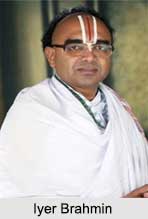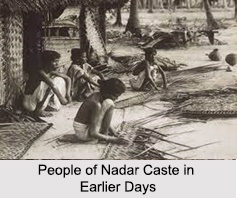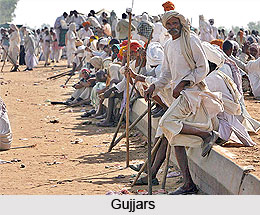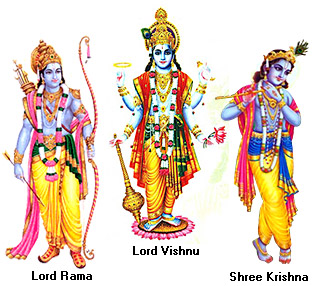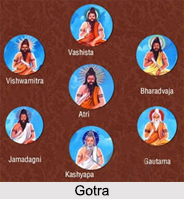Sri Mandor Jodhpur Teerth located in Rajasthan is a Jain pilgrimage centre. The teerth kshetra is situated in Mandor village in the suburb of Jodhpur. The temple is dedicated to Lord Parshvanatha, the twenty-third Jain Tirthankara.
History of Sri Mandor Jodhpur Teerth
According to history Sri Mandor Jodhpur Teerth dates back to the ancient times. Earlier the teerth kshetra served as the Ashram of Mandu Rushi. It was thus known by the names Mandavyapur or Mandor. As per reference the place earlier served as the capital of old Marwad. The beautiful temple of Lord Parshvanatha was built by King of Parihar in Vikram Samvat Era 918. The idol of Lord Parshvanatha is believed to possess miraculous powers. Thousands of Jains and non Jains from far off places visit the temple to offer their prayers. It is believed that if prayed with all devotion the Lord fulfils the wishes of the pilgrims.
Temple of Shri Mandor Jodhpur Teerth
The temple of Shri Mandor Jodhpur Teerth houses the idol of Lord Parshvanatha. The Swetambara temple has been magnificently decorated with intricate artistic designs. The creative temple work boast about the skills of the craftsmen. The walls and pillars of the temple are adorned with specimens of ancient art and paintings. The idol of the Lord is 84 cm in height and is yellow in colour. It is seated in a padmasana posture. The idol has been beautifully carved from a single stone and looks very appealing. The smiling face of the Lord looks very calm and serene. Apart from this there are two other temples and a Dadawadi located here.
The Temple of Shri Mandor Jodhpur Teerth organises many annual gatherings and functions. There are provisions for dharamshalas or rest houses for the pilgrims. These are well equipped with all modern facilities. Apart from this there are Upashrays, an Ayambilshala and a Jnanabhandar. The teertha is situated amidst beautiful natural surroundings. The temple is enclosed by scenic beauty that mesmerises and fascinates the pilgrims. The calm and tranquil environment and the surrounding greenery make it a suitable place for religious activities. The kshetra is well connected to road, rail and air. Taxi services and bus services are easily available here. The nearest bus stop is located at Mandor. The nearest railway station and airport are located at Jodhpur at a distance of 8 km. The chief city of Pali District is located at 75 kms from this teerth kshetra.










